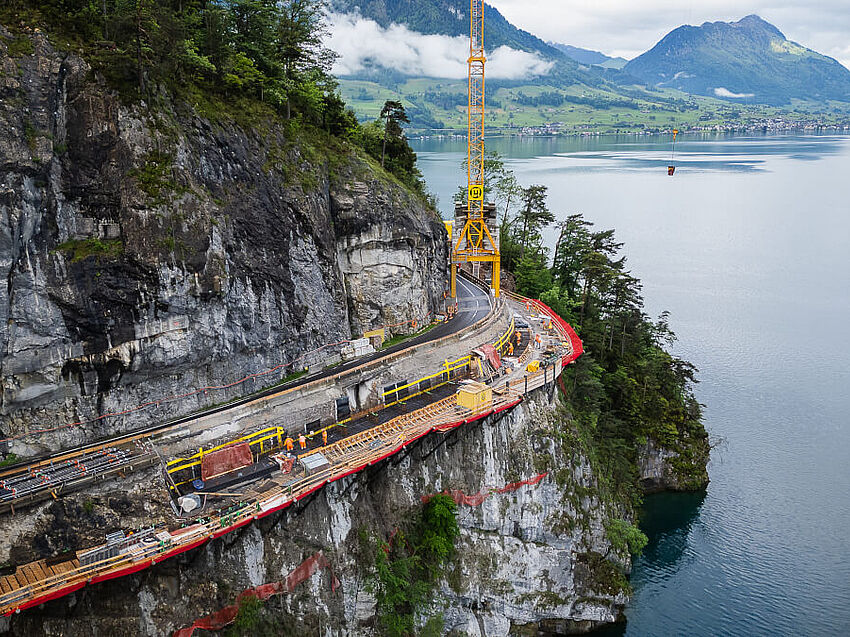From Design to Field: How ALLPLAN Civil Streamlined a Complex Highway Project in Romania
As bridges are some of the most complicated structures built, it follows that bridge design is also a complex process. While 3D modeling software has been invaluable for designing buildings, these structures do not provide the same engineering or construction challenges that bridges do – for example, buildings are often linear, vertical structures with minimal obstructions. Of course, buildings can also be complex, driven by application requirements, ground or terrain situations or even purely architectural design. Bridges, on the other hand, are often non-linear, horizontal structures that must weave through obstacles, existing structures, and multiple right-of-way restrictions – not to mention the often-challenging engineering requirements and locations they are built in. Finding 3D design software that can adapt to this non-linear geometry and the unique requirements of bridges poses its own problems. However, solutions with innovative tools such as parametric modeling can overcome these issues for efficient bridge design.
Parametric Bridge Design
Using Building Information Modeling (BIM), a 3D model is created and then analyzed to see if it will serve the intended purpose. With parametric modeling, parameters are set by the engineer and then used to develop a design that will meet the specified needs – providing a much more efficient method of 3D bridge design. Changes to the design are also less time-consuming, as a parameter can be modified and the software will calculate how the change will affect the entire model, updating the model while ensuring that all the parameters are still met. There is no need to rework the entire model, saving valuable time.
Familiar and User-Friendly
The term “parametric bridge design” sounds incredibly technical, which suggests that it is difficult to learn. However, bridge design software like ALLPLAN Bridge has been developed specifically to be user-friendly for design engineers. Two-dimensional cross-sections and tables are used to produce 3D parametric models in a way that is very similar to the 2D sketches and spreadsheets that many bridge engineers are already familiar with. In the background, the software does the calculations without the need for any knowledge of coding or programming languages. This method of modeling for horizontal structures like bridges is distinct from the traditional linear variation modeling capabilities that have been adopted from the vertical building industry.
Benefits of Parametric Bridge Design
Besides being quicker and easier to create and modify a bridge design, parametric bridge design offers other advantages. Several different detailed bridge concepts can be created in a short period of time, enabling the optimum solution to be chosen for the project. Being able to view a 3D geometric representation of the final structure also assists with visualization and assessing constructability.
Yet the most benefit can be derived from a modeling solution designed specifically with bridge designers in mind. With ALLPLAN Bridge, different loading scenarios can be analyzed, whether for the initial design or the construction stage – all within one model. Moments, shear, deflection, creep and shrinkage, temperature, and more can all be analyzed for each stage. ALLPLAN Bridge will also assemble a library of cross-sections from completed projects to improve and inform future designs and more competitive bids. However, the true value that parametric modeling brings to BIM is offering designers the ability to resolve all the uncertainties before construction begins, so that there is no costly or risky guesswork on site. The capability and precision of bridge design software like ALLPLAN Bridge is a true innovation in bridge design.
Do you want to know more? Then download our whitepaper "Parametric Modeling Innovates Bridge Design" for free.



